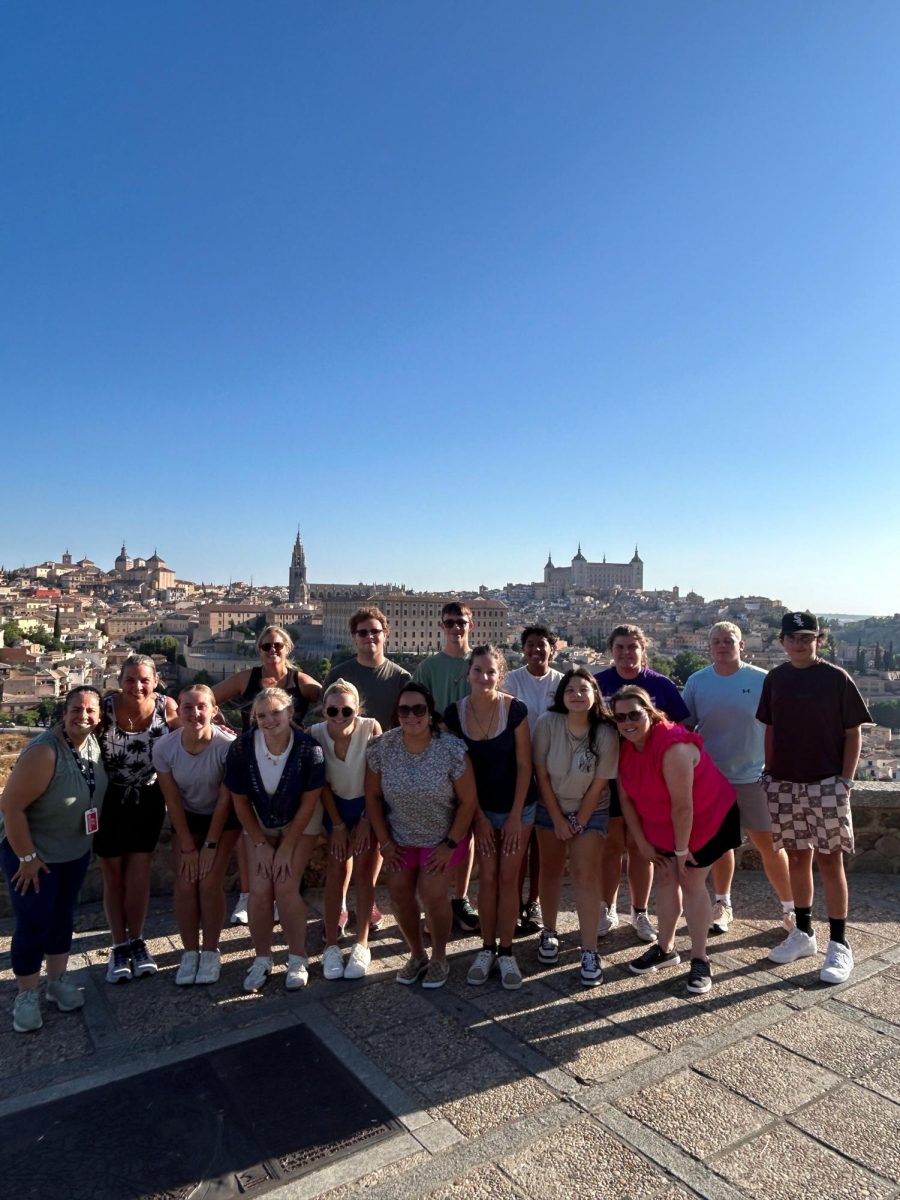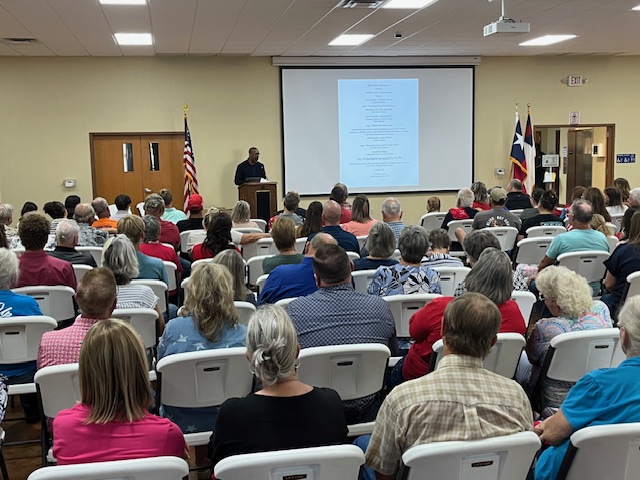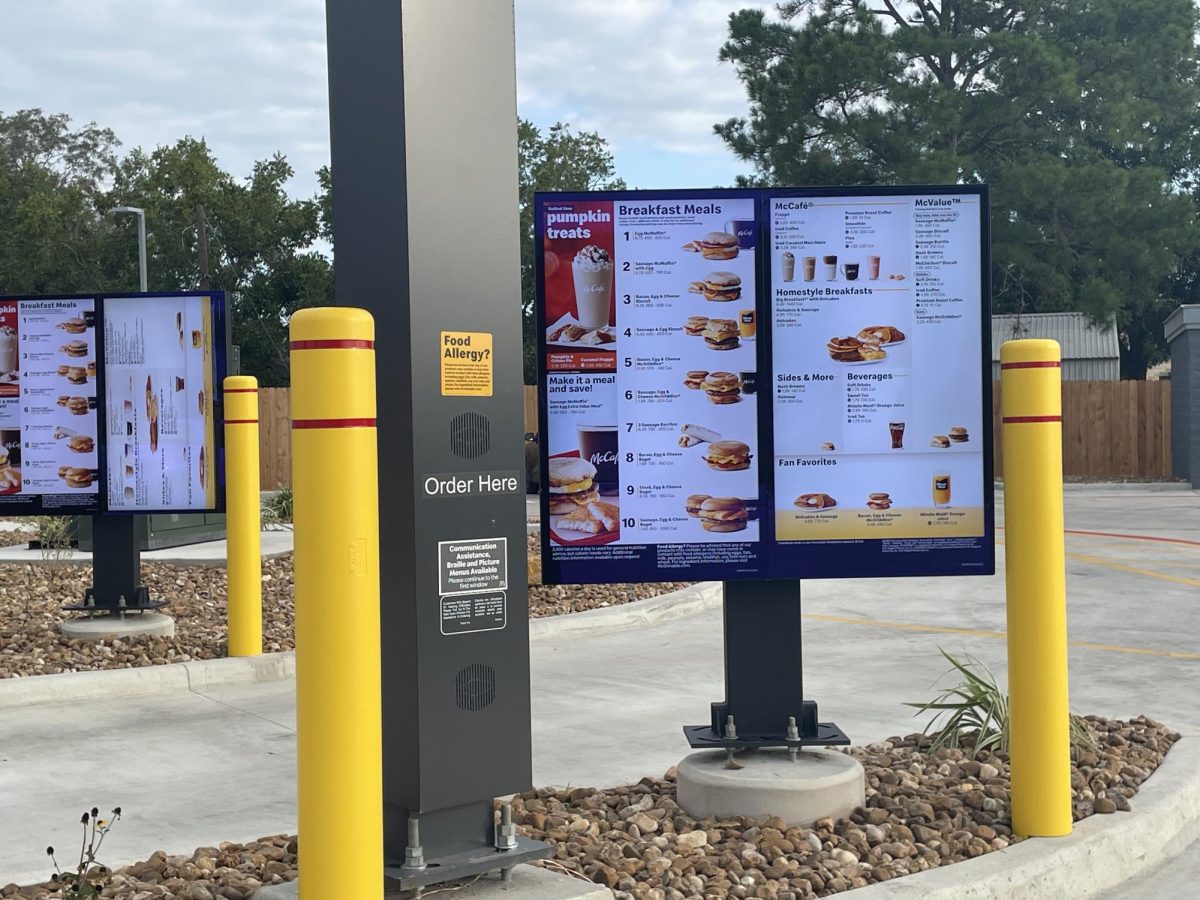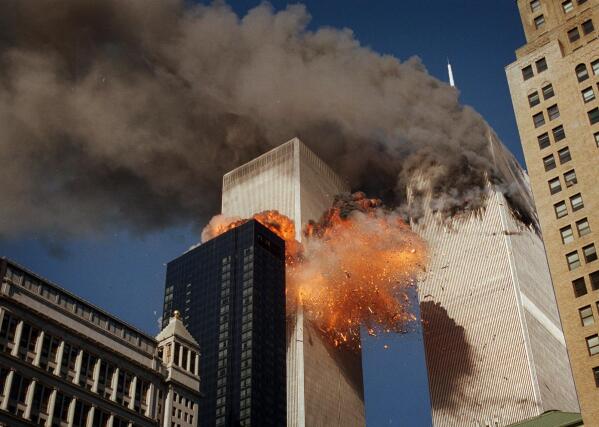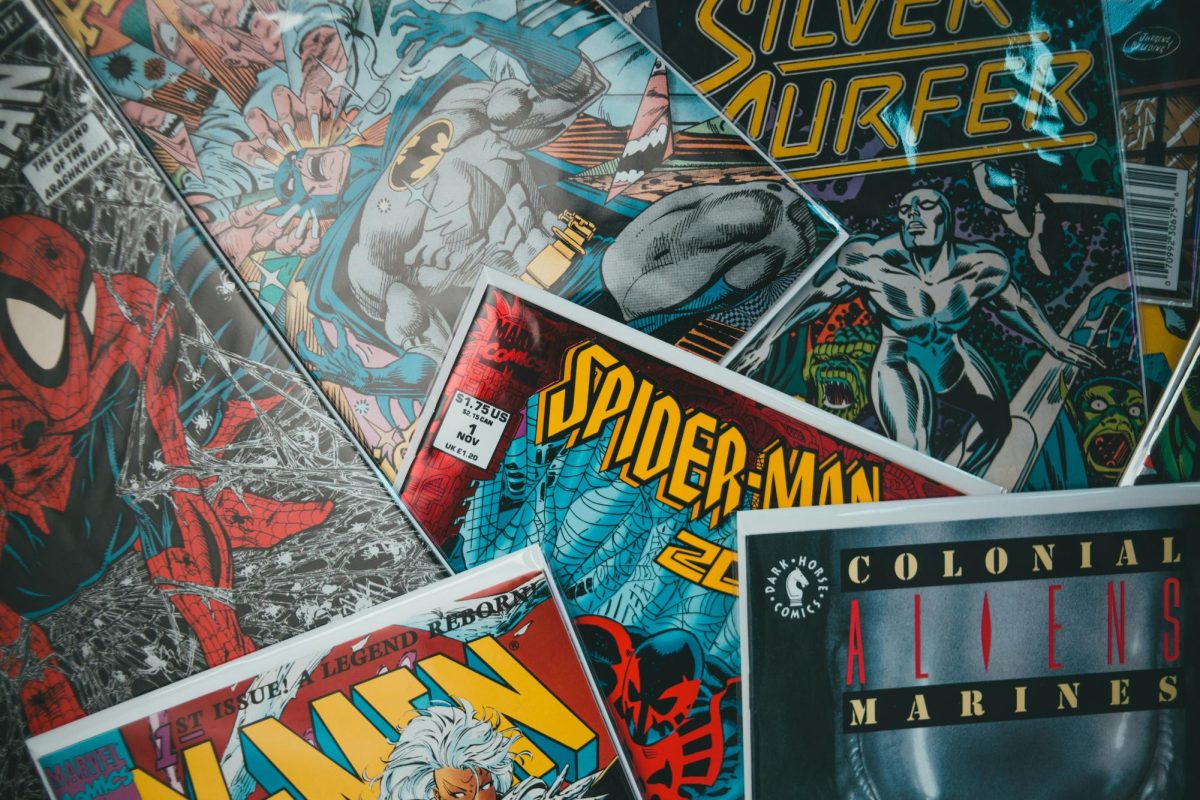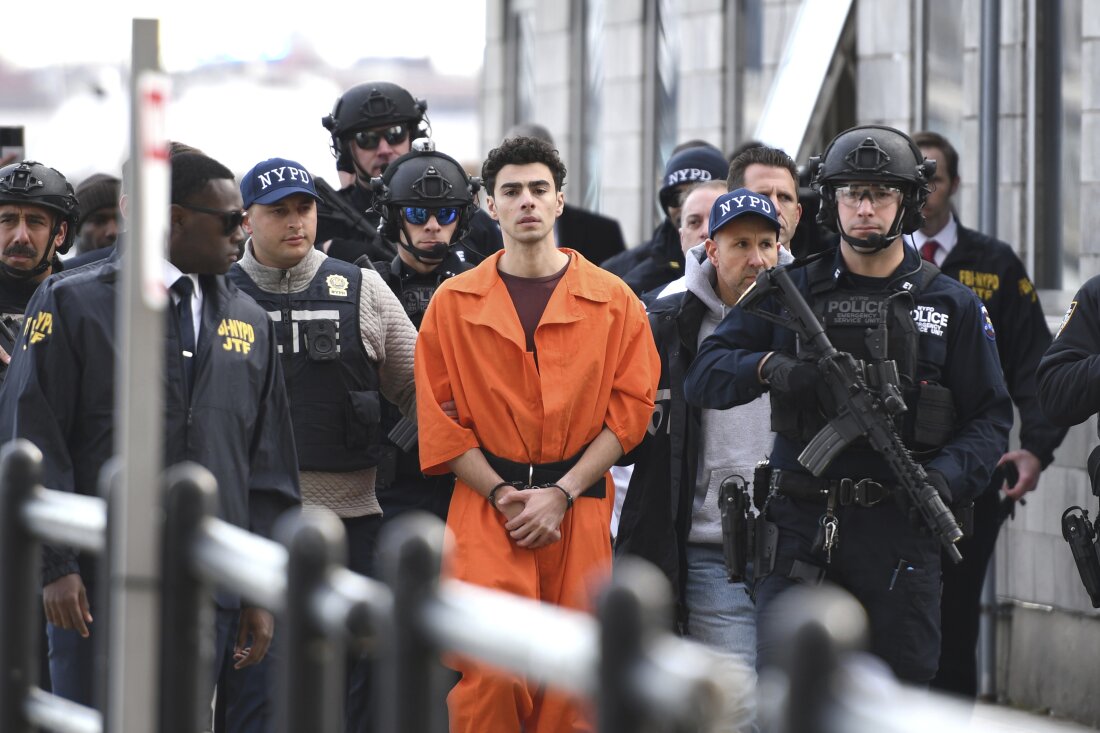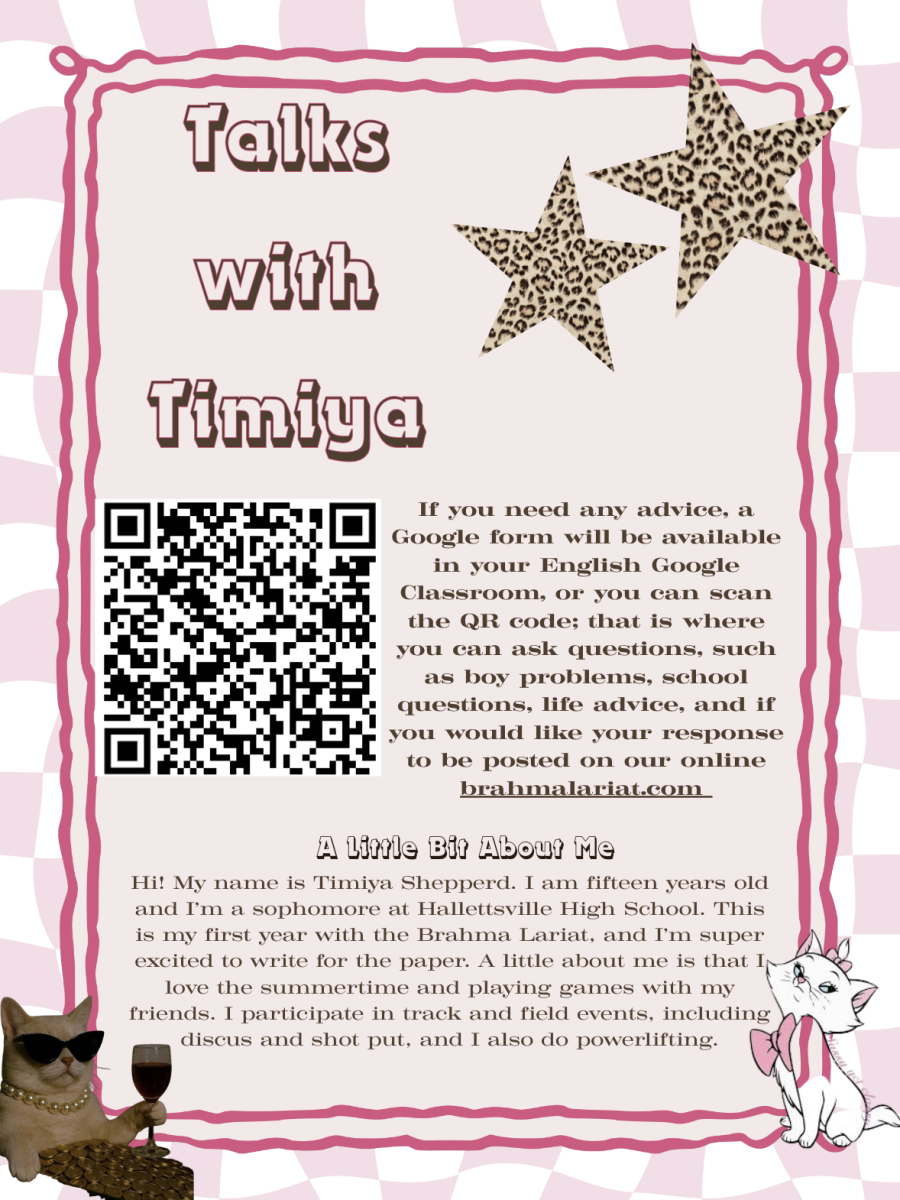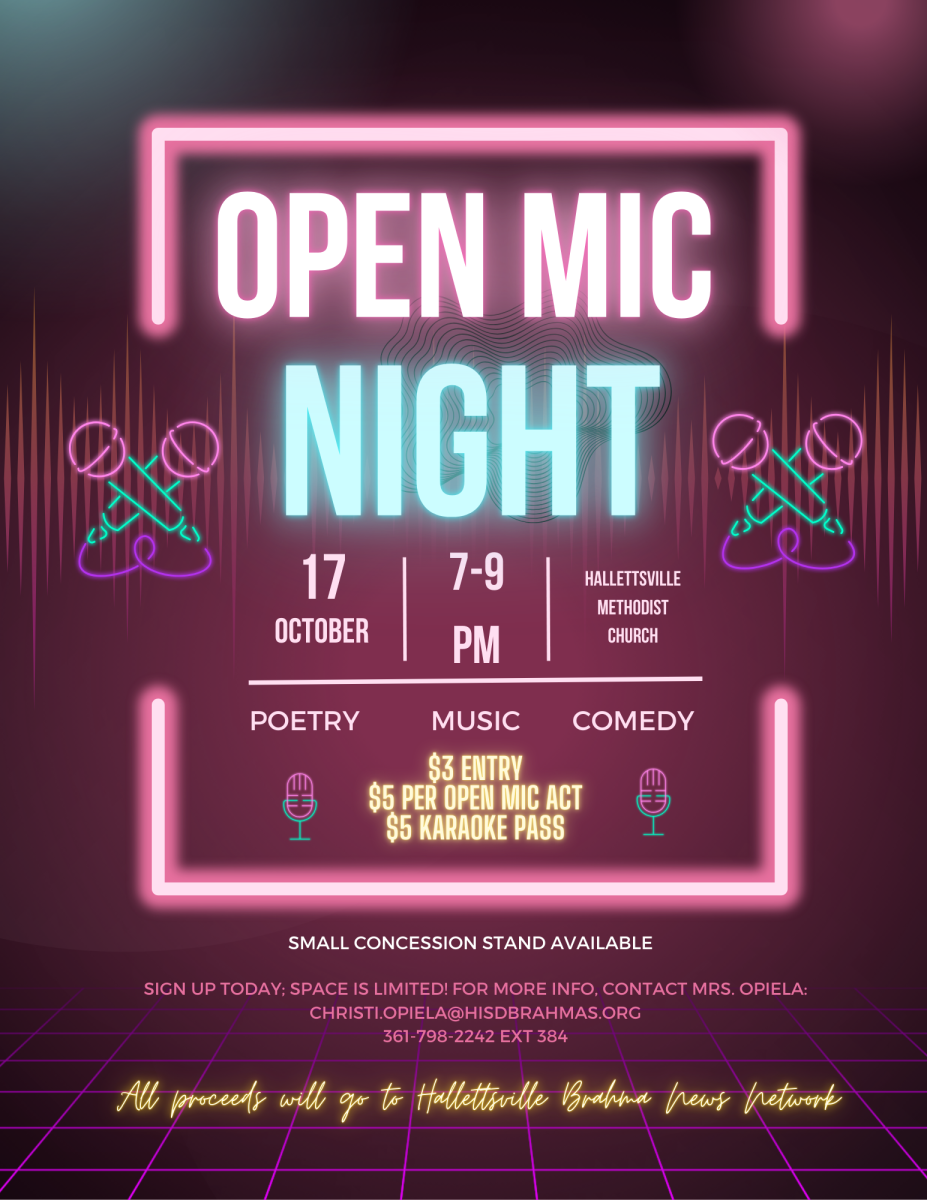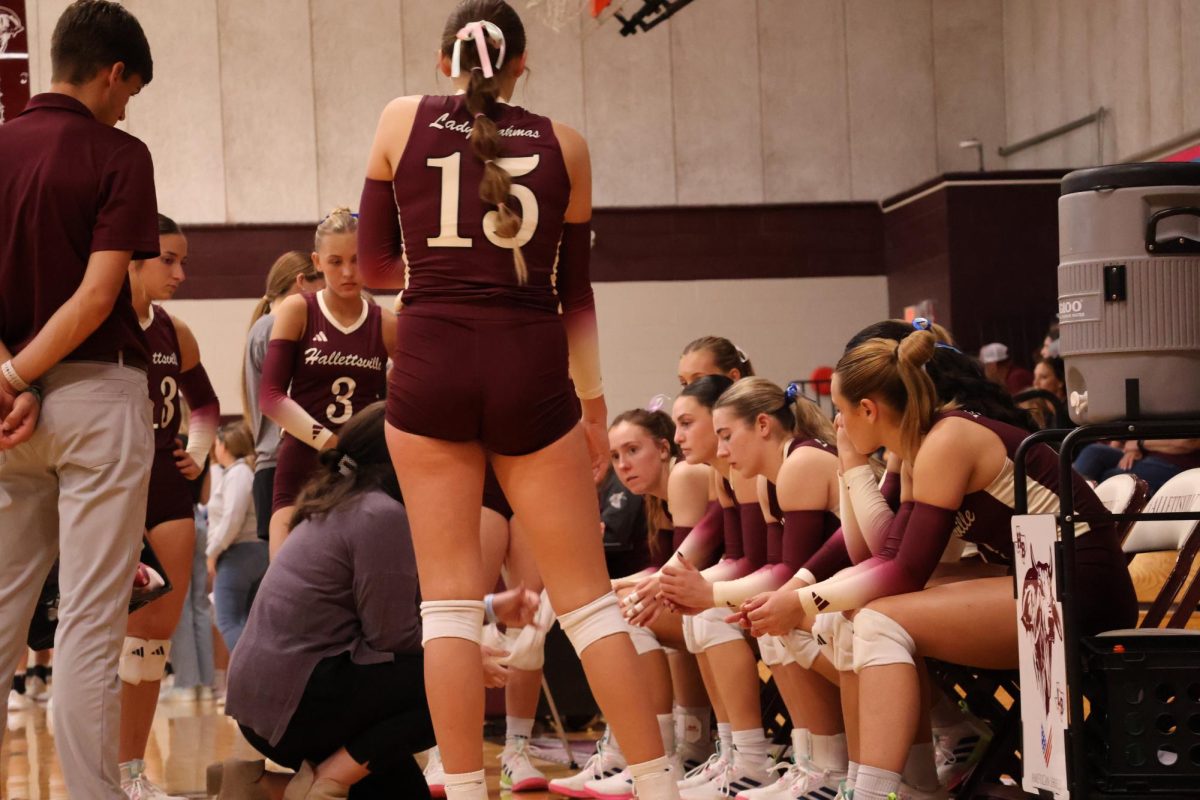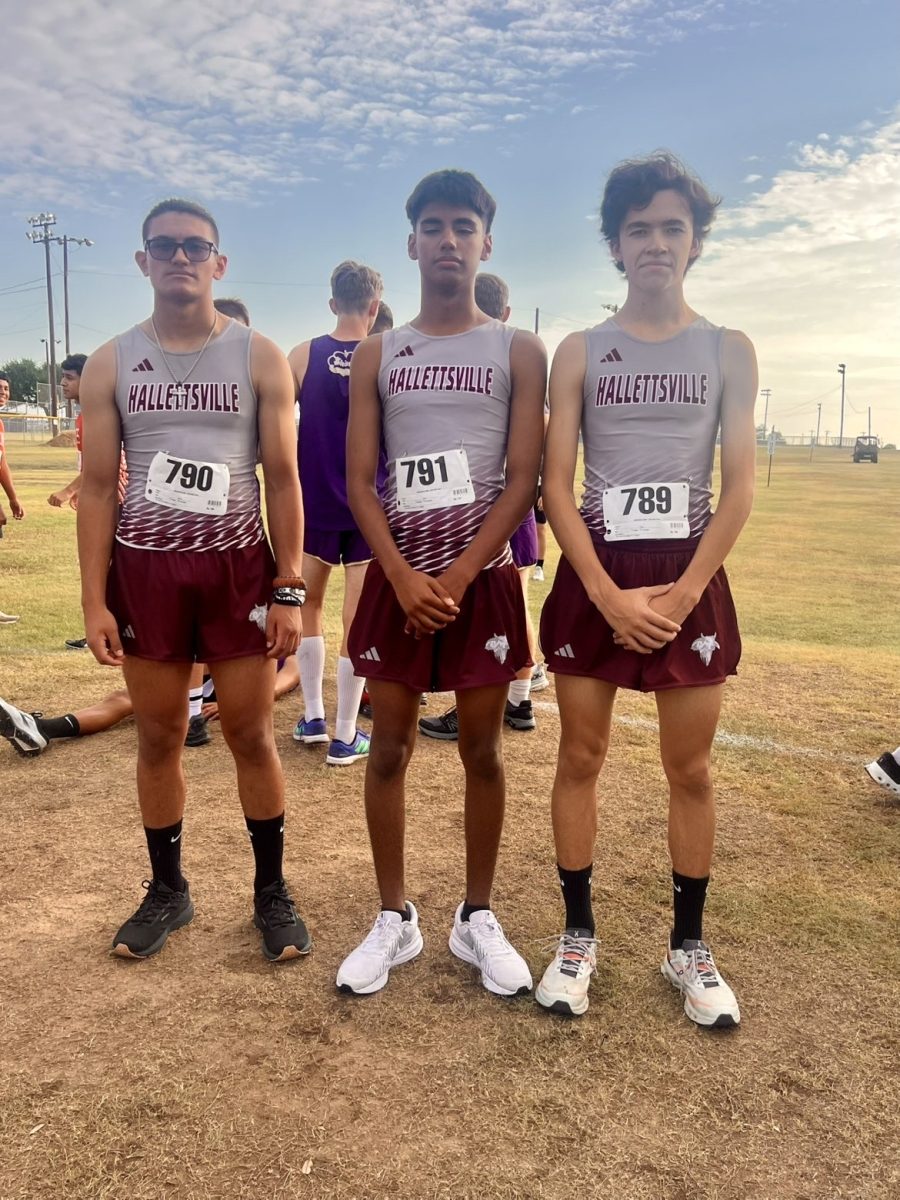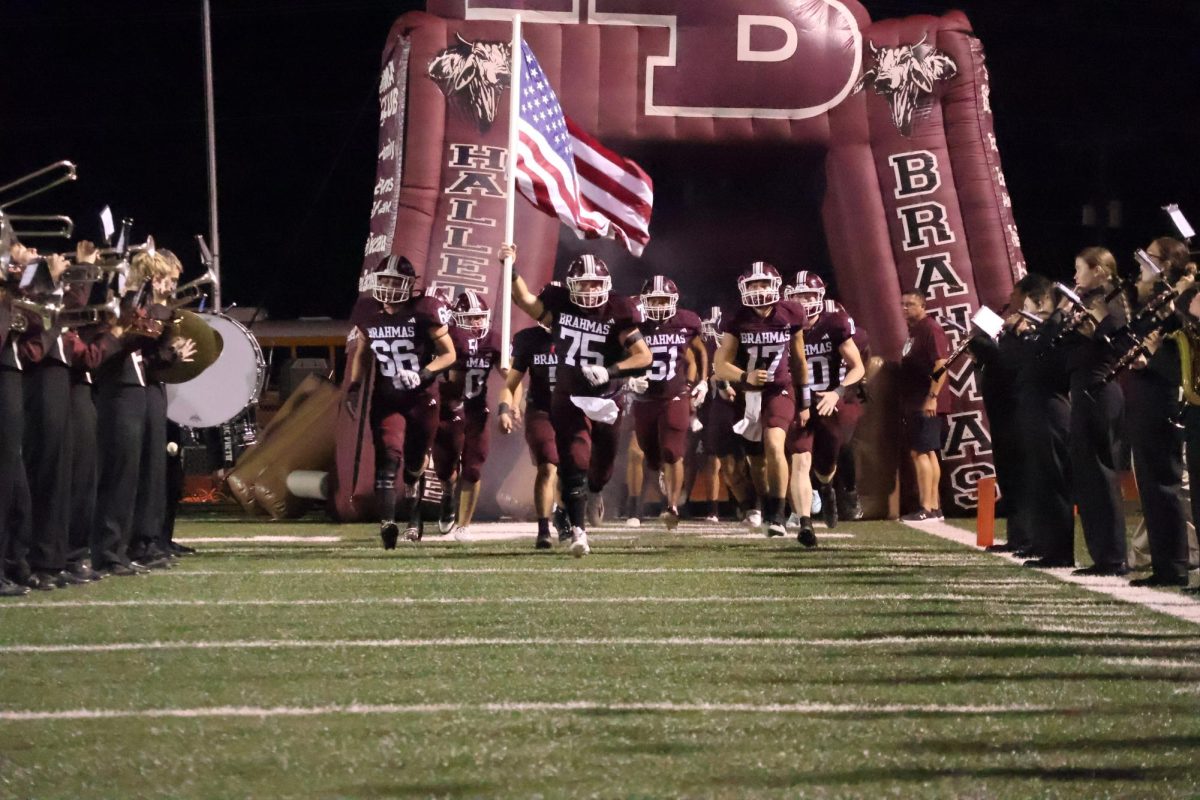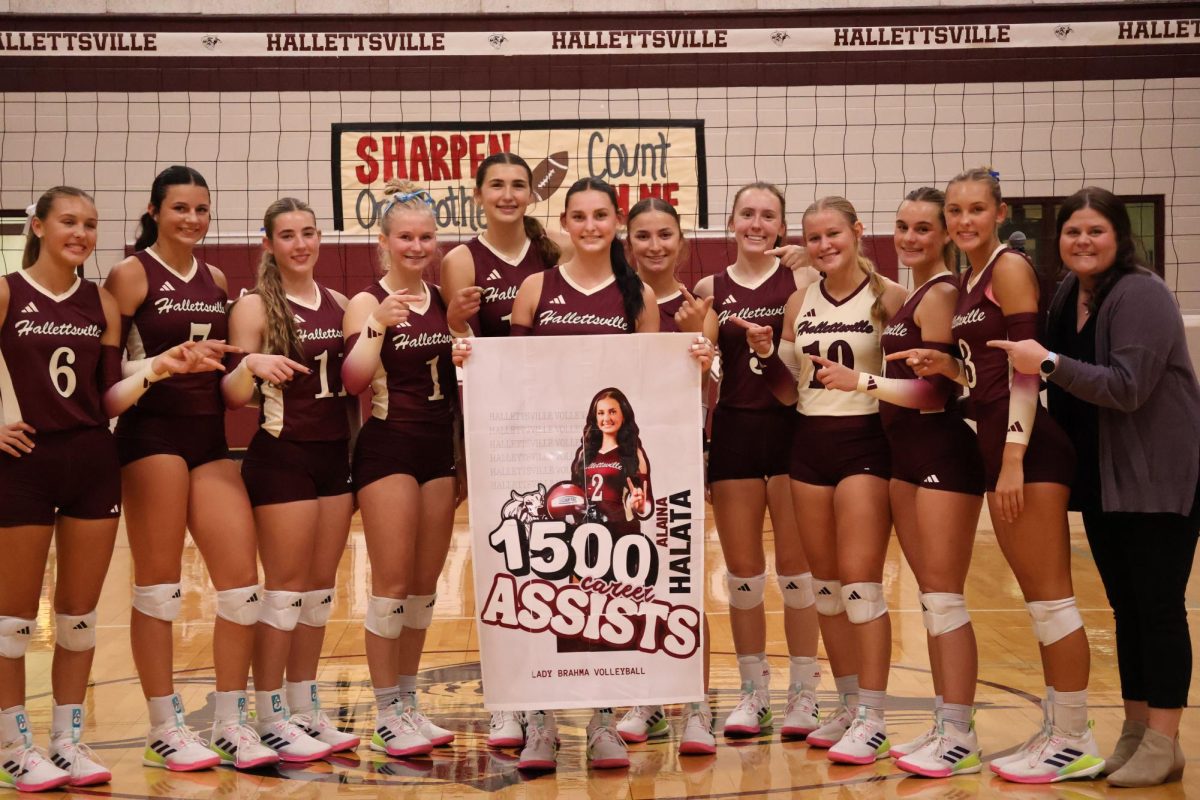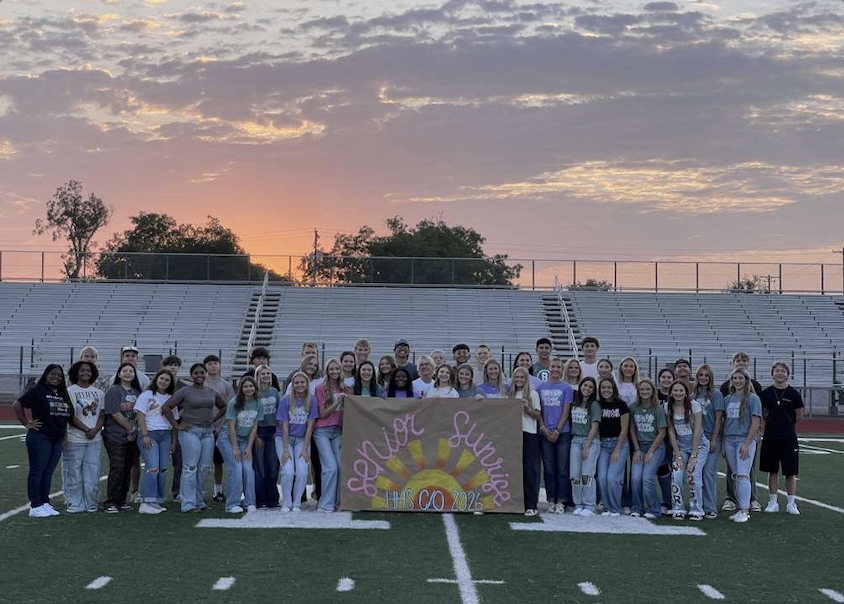On February 28, President Trump met with Ukrainian President Volodymyr Zelenskyy in Washington, D.C. This was the first meeting between the two during Trump’s second term and the ongoing Ukrainian-Russian war, which began in February 2022. Three years into the conflict, the United States has provided $66.5 billion in military assistance to Ukraine—a statistic Trump attacked because he feels no significant advances have been made towards peace despite the spending.
If there were any hints of the tension that would arise during the 139-minute meeting between the two, the most obvious was in the greeting.
“You’re all dressed up,” Trump said, observing Zelenskyy’s usual dress of a military shirt and pants.
This wasn’t the end of questions directed towards Zelenskyy’s attire, as the press also asked him why he wasn’t wearing a suit, to which he responded that he would upgrade his wardrobe when the war was finished.
This was the end of any signs of argument for almost an hour, as Zelenskyy and Trump kept the conversation focused on the minerals deal the Ukrainian president had traveled to the U.S. to sign.
It wasn’t until Trump’s role in ending the war between Russia and Ukraine was brought up that the conversation took a turn, beginning with a remark by U.S. Vice President JD Vance that in order to achieve “peace and prosperity” Zelenskyy would have to “engage in diplomacy.”
As the conversation continued, mostly between the President and Vice President and directed at Zelenskyy, President Trump dismissed the media from the conference room.
Not long after, Secretary of State Marco Rubio and National Security Advisor Mike Waltz were instructed to dismiss Zelenskyy and the other Ukrainian delegates in attendance.
The Ukrainians’ request to continue the negotiations concerning the minerals deal was declined.
The White House Statements released following the abrupt end of the meeting praised Trump for standing up for the United States, with officials calling on Zelenskyy to issue an apology.
Between the beginning and end of the meeting, dialogue from both sides fuelled the argument. Trump and Vance focused on the lack of progress over the past three years, while Zelenskyy argued that Russian occupation started long before the 2022 invasion.
Zelenskyy continued to express hope that the U.S. would continue their support of Ukraine to end Russian occupation and the war; a hope that Trump hinted to be impossible and irresponsible, claiming that the end to the loss of life on the Ukrainian front should be the foremost goal. Trump and Vance argued that Zelenskyy would have to compromise with Russian President Putin, possibly ceding some territory. Zelenskyy warned Trump and Vance that Ukraine’s actions and their choices regarding U.S. support would inevitably impact the U.S. in the future, a warning not received well by Trump.
The discussion continued to grow more and more heated, with Vance calling Zelenskyy ungrateful multiple times, and Trump accusing Zelenskyy of gambling with lives and global conflict.
Zelenskyy argued back that he was thankful, and searching for the best way to ensure Ukrainian solidarity and freedom.
The final remarks before the media were dismissed were in response to a reporter’s question regarding Russia’s past of respecting cease-fires:
Trump: “What, if anything? What if the bomb drops on your head right now? OK, what if they broke it? I don’t know, they broke it with Biden because Biden, they didn’t respect him. They didn’t respect Obama. They respect me. Let me tell you, Putin went through a hell of a lot with me. He went through a phony witch hunt … All I can say is this. He might have broken deals with Obama and Bush, and he might have broken them with Biden. He did, maybe. Maybe he did. I don’t know what happened, but he didn’t break them with me. He wants to make a deal. I don’t know if you can make a deal.”
“The problem is I’ve empowered you (turning toward Zelenskyy) to be a tough guy, and I don’t think you’d be a tough guy without the United States. And your people are very brave. But you’re either going to make a deal or we’re out. And if we’re out, you’ll fight it out. I don’t think it’s going to be pretty, but you’ll fight it out. But you don’t have the cards. But once we sign that deal, you’re in a much better position, but you’re not acting at all thankful. And that’s not a nice thing. I’ll be honest. That’s not a nice thing.
“All right, I think we’ve seen enough. What do you think? This is going to be great television. I will say that.”
Two weeks later, the effects of the meeting are far from over. While Trump expressed interest in signing the minerals deal that Washington left untouched, he says the deal will not be enough to restart U.S. aid and intelligence sharing with Ukraine.
Zelenskyy told the press that he regrets the way things were left at the meeting, and expressed continued interest in negotiating an understanding between the two nations and signing the minerals deal.
On Tuesday, March 11, Ukrainian and U.S. officials met in Saudi Arabia, where Ukraine accepted a potential 30-day ceasefire deal with Russia. Zelenskyy motioned for the agreement to be sent to Moscow.
“Ukraine accepts this proposal, we consider it positive, we are ready to take such a step, and the United States of America must convince Russia to do so,” Zelensky said.
